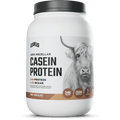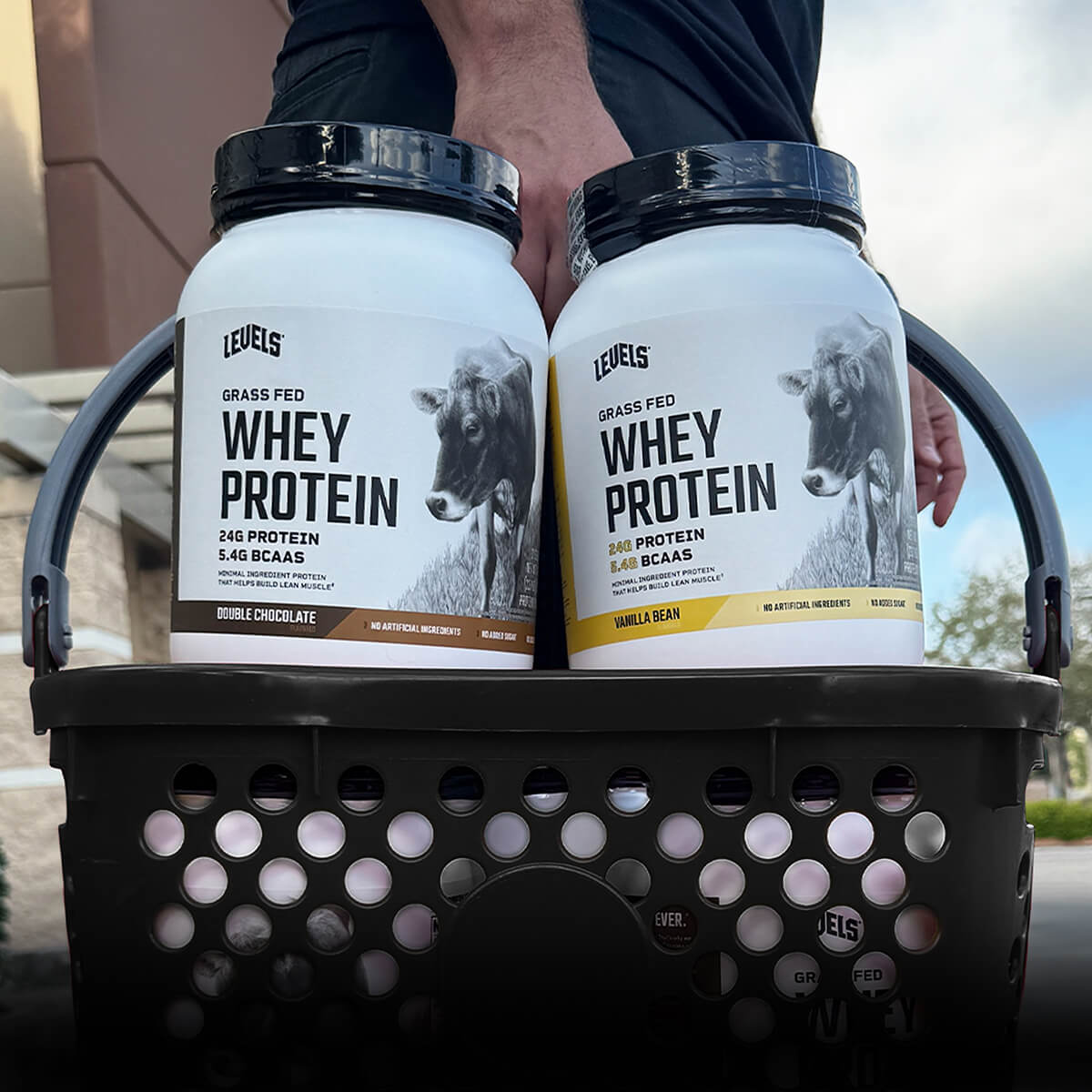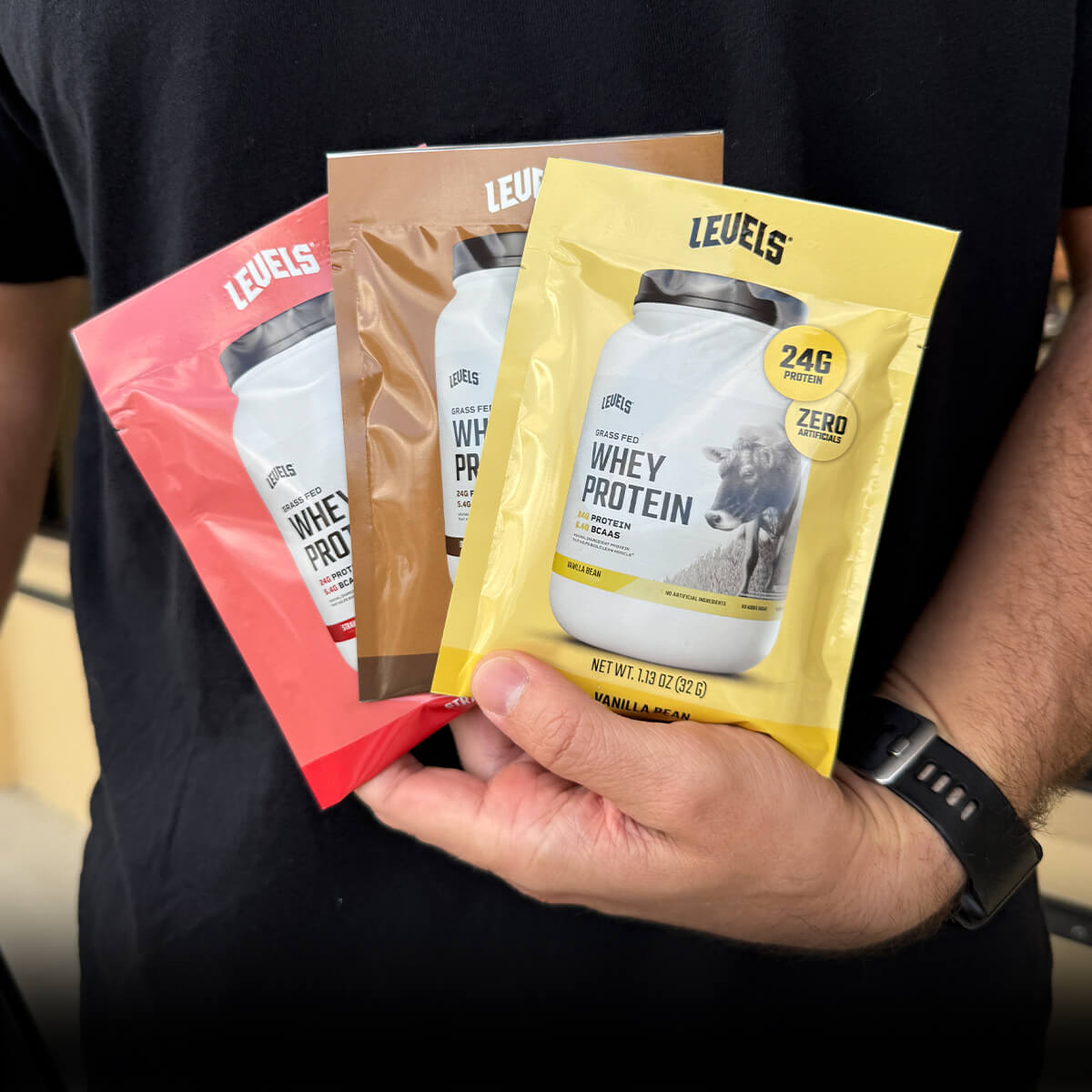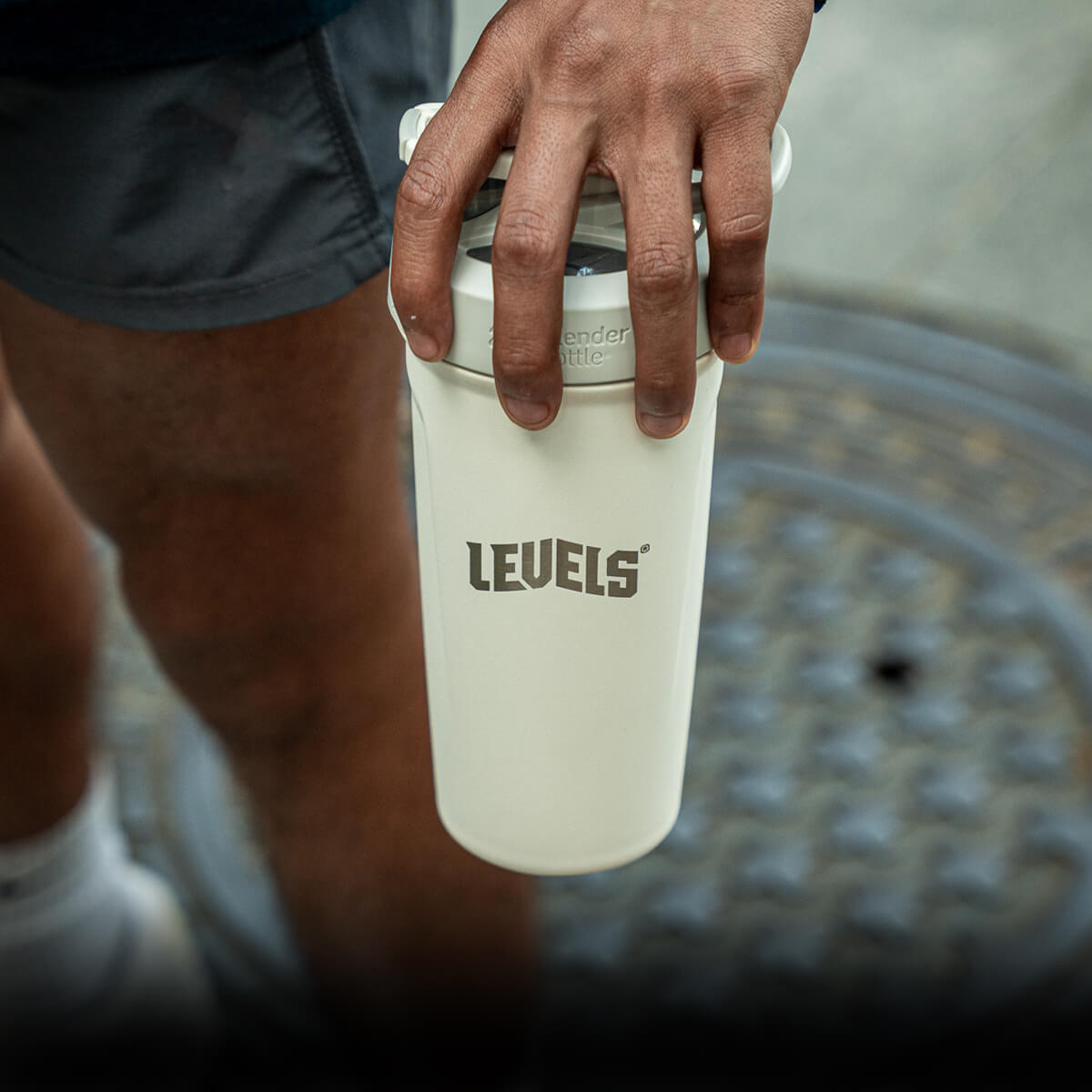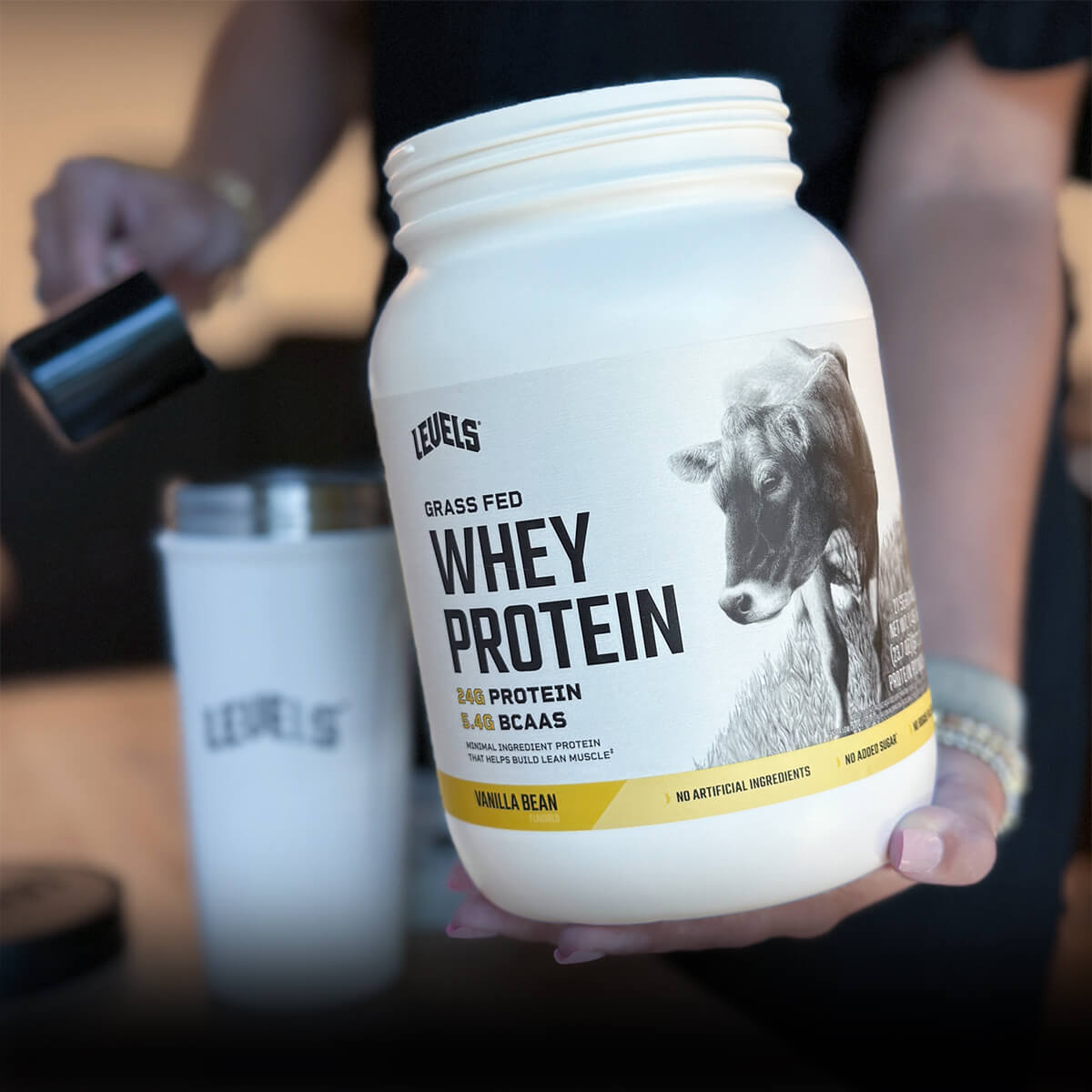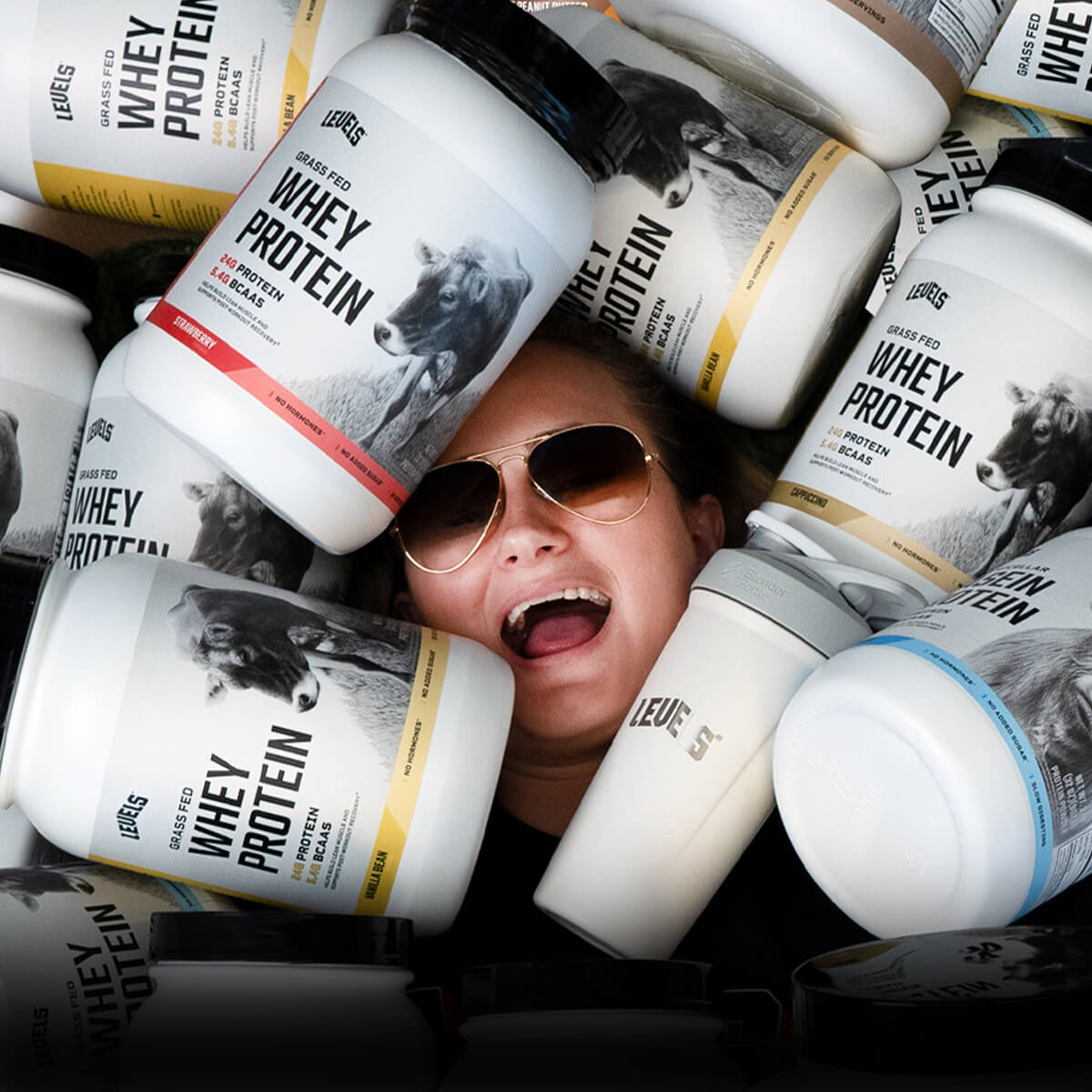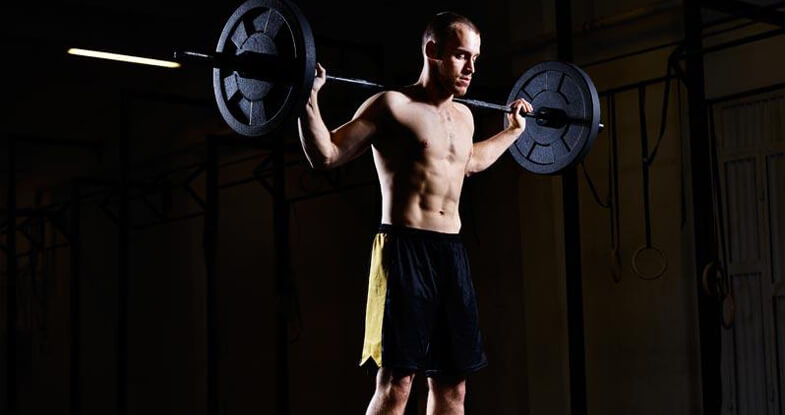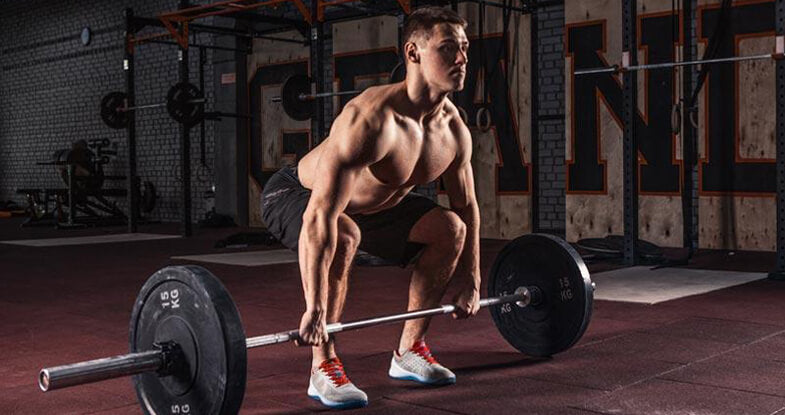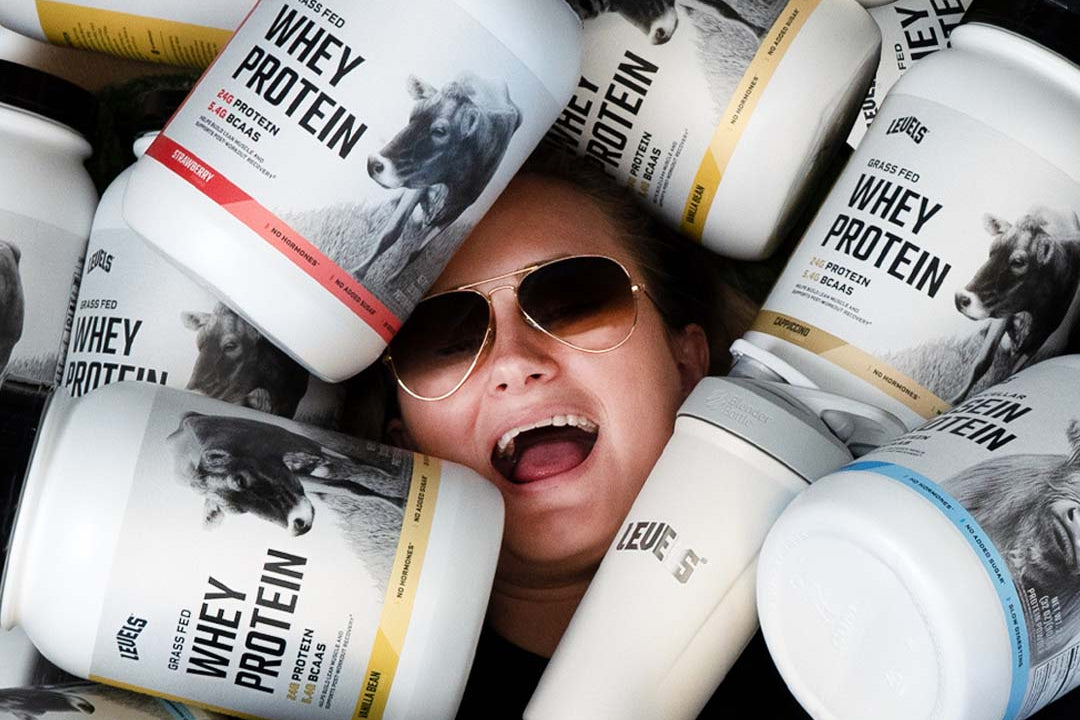Good mornings are a relatively uncommon exercise, seldom seen outside of powerlifting gyms.
The reason they’re not a staple for most lifters probably has to do with the fact that they’re a relatively technical lift, not to mention unsafe if you use bad form.
But performed correctly, good mornings can build and strengthen your glutes, hamstrings, and lower back, as well as boost your squat and deadlift numbers.
Keep reading to learn how to do good mornings, useful variations to enhance your results, 4 benefits of good mornings, their pros and cons, safety, and who should use them.
What Are Good Mornings? And How to Do Them Correctly
No one knows who invented it, but the good morning exercise goes back well over 100 years, to strongmen and the early days of physical culture.
Supposedly this exercise got its name because it resembles someone bowing to say “good morning.” Regardless of what you call it, though (past names included the “barbell bend-over” and “Russian deadlift”), it’s still a strength staple today.
In a nutshell, you perform a good morning by placing a barbell on your upper back, similar to a squat, then hinging forward at the hips until your body is just above parallel. Then, you complete the exercise by reversing to the starting position.
Use these detailed form tips to keep your good mornings safe and effective:
- As you set up in the squat rack, tense up your whole body.
- Pull your shoulder blades tightly together to make a “shelf” for the barbell before you unrack it. The barbell can be relatively high or low based on what feels best to you, but make sure it’s not resting on your cervical (neck) vertebrae.
- Your grip can be slightly wider than shoulder-width, or all the way out to the edge of the barbell knurling. Try using whatever grip you typically use for squats.
- Keep your elbows pointing somewhat downwards, not lifting or winging upwards. Pulling the bar actively “down” into your upper back helps stabilize the weight.
- Your stance can be slightly wider than shoulder width, or an ultra-wide stance. As with grip, try starting with your usual squat stance.
- Maintain a tight arch in your back, especially your lower back, throughout the exercise.
- Look straight ahead or slightly downwards, not upwards. You can focus on a stationary point at navel-height, or keep your head angle fixed relative to your torso during reps — whichever feels best.
- Before lowering, take a deep breath into your belly and hold it in while tensing your abs.
- As you begin lowering, move your hips back first while keeping your knees “soft.” Your knees should bend during the exercise, but only minimally, and less than your hips.
- Continue pushing your hips back, like you’re trying to touch your glutes to the wall behind you. You’ll feel your hamstrings stretch. Lower the weight under control at an even rate of speed, without any jerking or erratic movement.
- When you reach the bottom position, with your torso slightly above parallel, pause momentarily. Then squeeze your glutes and drive your hips forward to reverse the path of the bar upwards.
- Optionally, you can try exhaling during the concentric (raising) portion of the lift. Otherwise, hold your breath until you reach the top position.
- At the top of the rep, lock out fully and continue squeezing your glutes for a moment before you repeat the movement.
And now that you know the right way to perform good mornings, we’ll go over the best ways to use them in your program.
Sets, Reps, Loading, and Other Good Morning Tips
The volume and weight you use for good mornings depend entirely on your goals.
As a hinge movement to round out your program, there’s plenty of value to relatively lightweight good mornings.
And if you’re brand new to the exercise, you should certainly start off easy — use a barbell without any extra weight, or even a broomstick or PVC pipe, until you’ve got the form down 100%.
Then you can try adding more weight. If you’ve got some experience in the gym, experiment with 95-135 pounds for several sets of 8-10 reps. Then, if that feels too easy, you can add more plates next time.
However, lifters don’t normally use good mornings as a main or “primary” lift. Instead, it’s more of an assistance or “secondary” lift to build lower back strength and get better at exercises like squats and deadlifts. And some people even use it as a warmup to activate their glutes and lower back.
If you have strength goals, or if you’re a powerlifter, you can also go heavy on good mornings by working up to one or more sets of 3-5 reps.
But keep in mind that even dedicated powerlifters typically keep their good morning loading limited to around 60% of their max squat. For instance, if your max squat is 315 pounds, you’d use about 190 pounds for heavy good mornings.

And other powerlifters have discovered that much lower weights are equally beneficial.
Either way, use caution, and make sure you set up safety supports in the squat rack before you go heavy.
Alternative Good Morning Variations
Try these good morning variations for a change of pace, or if you find yourself stalled out on the standard version:
- Cambered or safety bar good mornings
- Good mornings with bands or chains (accommodating resistance)
- Dead-stop or bottom-up good mornings (starting from the bottom position with the bar resting in a power rack, or with the barbell suspended from chains, ensuring you deweight fully between reps)
Lastly, another option is to perform good mornings seated on a box or bench. You’ll use the same form as the standing version, but with a wide stance — and instead of standing up, lower and raise the angle of your torso while remaining seated, but driving your feet into the ground.
4 Benefits of Good Mornings and the Muscles Worked
1. A Stronger Posterior Chain
Your posterior chain is a group of muscles on the back of your body — from the base of your skull down to your heels.
And a strong, explosive posterior chain is essential for athletic performance, including sprinting, jumping, throwing, and more.
Good mornings aren’t the only way to build a better posterior chain, but they’re an excellent choice for that purpose. This exercise is a surefire way to stimulate your hamstrings and train your entire posterior chain to generate more power.
2. A More Stable Lower Back
Do you know what makes the good morning exercise challenging?
Because it’s a hinge movement with a fixed bar position (on your upper back), good mornings place an enormous amount of stress on your lower back.
As a result, you have to resist the shearing force by extending (arching) your lower back.
And that’s why it’s the exercise of choice for powerlifters who need a stronger lower back.
You can also pair moderate-weight or heavy good mornings with heavy ab exercises to build core strength in all dimensions.
3. Healthier Glutes
As a hinge movement, good mornings require an enormous amount of hip drive.
And when you use your hips to generate force, your glutes get an excellent workout.
You can also use other exercises to build your glutes, but good mornings are a top contender.
4. Heavier Squats and Deadlifts
Remember how we said that powerlifters love good mornings?
The reason that good mornings are typically associated with powerlifting is that they’re a phenomenal exercise for building a strong, injury-resistant lower back.
And because a weak lower back can limit your progress in both squats and deadlifts, good mornings are an excellent way to break through strength plateaus.
If you’re having trouble progressing with heavy squats and deadlifts, try fixing your weak points with good mornings.
Are Good Mornings Safe? And Who Should Use Them
Every type of exercise, especially resistance exercise, has an inherent risk of injury.
Talk to your doctor first if you’re new to exercise, or if you aren’t sure whether you can safely lift weights.

But generally speaking, good mornings may be riskier than most exercises, even most strength movements.
They’re equally technical compared to squats or deadlifts, and they can put lots of shearing stress on your lower back, which is potentially dangerous.
If you overestimate your strength or skill and end up failing during the movement, you could end up with a lower back injury. And if you fall forward, the barbell can also roll onto your cervical spine or skull.
However, if you use proper form and a reasonable amount of caution, good mornings are safe.
Always know your limits, and use support pins in the power rack for safety if you’re going heavy.
Strength athletes, especially powerlifters, should strongly consider adding the exercise to their regimens.
But if you’re still learning your squats and deadlifts, focus on building proficiency in the basics before you branch out to good mornings.
Final Thoughts
Ultimately, good mornings aren’t the top choice as a main lift for building strength or muscle mass. They work well, but you’ve got plenty of equally good or better options to choose from, especially if you’re a beginner.
However, particularly if your squats or deadlifts are lagging, the good morning is an assistance lift proven to help break through your lower-body strength plateaus.
And if your goal is more along the lines of hypertrophy, athleticism, or general fitness as opposed to pure strength, you should still keep good mornings in mind. You can use them to stimulate your glutes and hamstrings, strengthen your lower back, and build a more powerful posterior chain.
Searching for more training tips? We’ve got you covered.
- Check out High Reps Vs. Low Reps? What Science Says About Rep Ranges for research-backed details on rep ranges for hypertrophy, strength, and other lifting goals.
- Additionally, The Ultimate Muscle Groups Guide & How To Best Train Them is the best resource to help ensure your body stays in balance and injury-free.
- Lastly, for a deeper understanding of overall volume and exercise selection, don’t miss How Many Exercises Per Muscle Group? The Definitive Guide.


